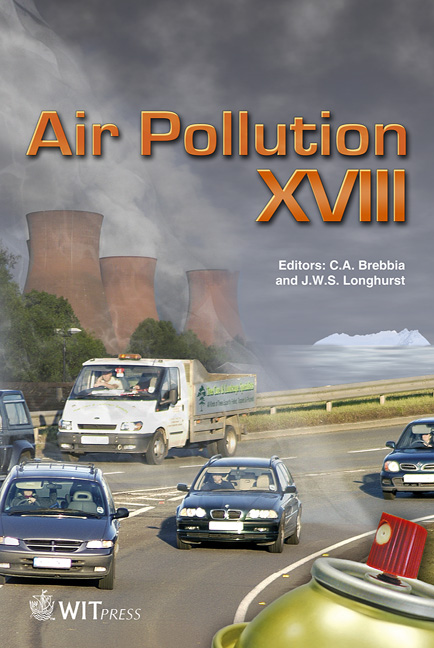A Comparative Study Of Indoor Air Pollution And Its Respiratory Impacts In Delhi, India
Price
Free (open access)
Transaction
Volume
136
Pages
10
Page Range
287 - 296
Published
2010
Size
290 kb
Paper DOI
10.2495/AIR100251
Copyright
WIT Press
Author(s)
P. Kulshreshtha & M. Khare
Abstract
The present study aims at investigating the indoor air quality (IAQ) in selected households in the urban slums, as well as a control site, in Delhi, the capital city of India. The study includes assessments of associated respiratory health effects and Sick Building Syndrome (SBS) on the occupants living in inefficiently designed houses with poor ventilation. The comparative analysis of concentrations of indoor air pollutants in urban slums and the control site reveals that the respiratory health of the occupants living indoors in both the sites are affected by the indoor pollutants, e.g. the respirable suspended particulate matter (PM10 and PM2.5), the carbon monoxide (CO), the sulphur dioxide (SO2) and the nitrogen dioxide (NO2). In addition, the spirometry tests on the occupants, particularly the womenfolk and children, have been performed to determine the incidence of acute respiratory infections (ARI). Interview surveys have also been conducted in the households during the study period to investigate sick building syndrome (SBS). The results show the maximum concentration of indoor air pollutants in households during winters associated with aggravated respiratory problems, such as coughs, phlegm, wheezing, and breathlessness, among occupants, particularly the women. In addition, decrement in lung function indices (i.e. FVC and/or FEV1) due to increased concentrations of RSPM indoors during the winter period has also been observed in the women occupants. The study concludes that women and children indoors are most vulnerable to respiratory problems compared to men. Along with a higher prevalence of respiratory symptoms, high SBS scores have been observed in these household because of inefficient ventilation, poorly designed houses and usage of biomass fuels for cooking. Keywords: indoor air quality, sick building syndrome, acute respiratory infections, spirometry, biomass fuel.
Keywords
indoor air quality, sick building syndrome, acute respiratory infections, spirometry, biomass fuel





